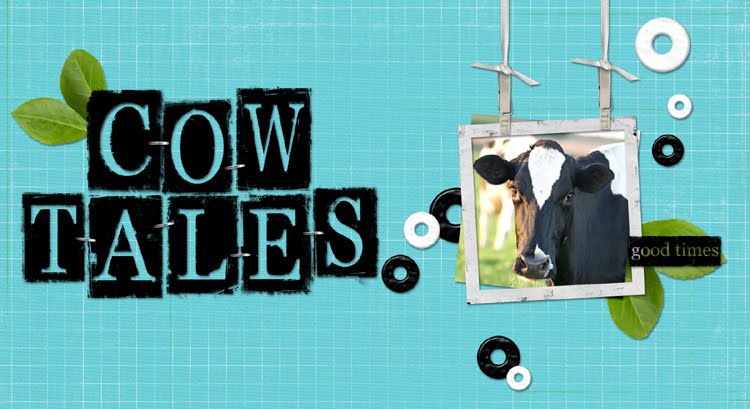In today’s competitive business environment, the smaller dairy farms lose out to the larger dairies in terms of modern facilities, efficiency, and economies of scale. In particular, modern dairy facilities improve cow comfort and labor efficiency giving them a more competitive advantage over the smaller dairy farms, many of which have older facilities. When cows are more comfortable, cow health and cow productivity automatically improve meaning less time is needed to treat sick cows which improves labor efficiency. As a result of the large dairy management and financial advantages, the dairy industry has undergone a rapid consolidation moving from smaller more inefficient dairy farms to larger, modern and more efficient dairies. We are witnessing the loss of the small dairy from the national landscape. Therefore, in order for the smaller dairies to compete and survive, we must develop a strategy to modernize facilities.
I think part of that strategy lies in the community spirit of the neighborhood small dairy farms. Nowhere else in America is the community spirit more personified than in rural regions. Dairymen need to work together to modernize dairies through cost-effective means. What constitutes the farming community spirit and why do I think this strategy could work?
An interesting irony exists in a dairy community. Dairymen are very independent individuals. They chose this profession because they can be their own boss while remaining in close proximity to their family. But during times of crisis, of need and hardship, those independent individuals make a choice to help a neighbor in need, the Samaritan ideal, or to submit and accept desperately needed assistance from another. As a community, dairymen depend on each other.
Two examples of the Samaritan ideal are vivid in my memory. In September 2004, remnants of Hurricane Ivan came roaring through Franklin County, Pennsylvania sparking a tornado that tore a path through the back door of my family’s dairy farm. Three dairy farms were torn apart. By the time I reached the area, scores of farmers were already hard at work, rescuing animals and starting the clean-up process. I went to my father’s best friend’s dairy to tend to the injured cattle, staying till well after 1 am sewing up severe lacerations with the aid of many dedicated dairymen. Men and women provided assistance from clean-up to food preparation. In less than 2 weeks, the barn was reconstructed and the community came closer together.
Death also brings people together. In a previous post, I discussed the passing of Rodney Hawbaker. Volunteers from around the community poured in their support to keep the dairy running while the family was mourning his loss. Over 20 Samaritans volunteered their valuable time towards this effort. Construction projects, with donated labor and supplies, were initiated around the farm, to make the everyday chores easier on Rodney’s wife and herdsman. Without the valuable assistance of neighbors and friends, the life transition would have been significantly more difficult.
We need to treat the present state of the dairy industry like a crisis. A “call-to-action” is needed to maintain the viability of the small dairy. We do not need a big government bailout. We need each other. “Dairymen Working Together” sounds catchy. What we need is to utilize the community spirit as described in the examples to bring one dairy out of the abyss; one dairy at a time focusing on cow comfort and feed-bunk and water-trough space. The “Dairymen Working Together” strategy requires that the individual swallows his pride and recognizes the need for change, to move out of the status quo mentality and accept that without change, the farm’s fate has been sealed.
Saturday, February 19, 2011
Subscribe to:
Comments (Atom)

